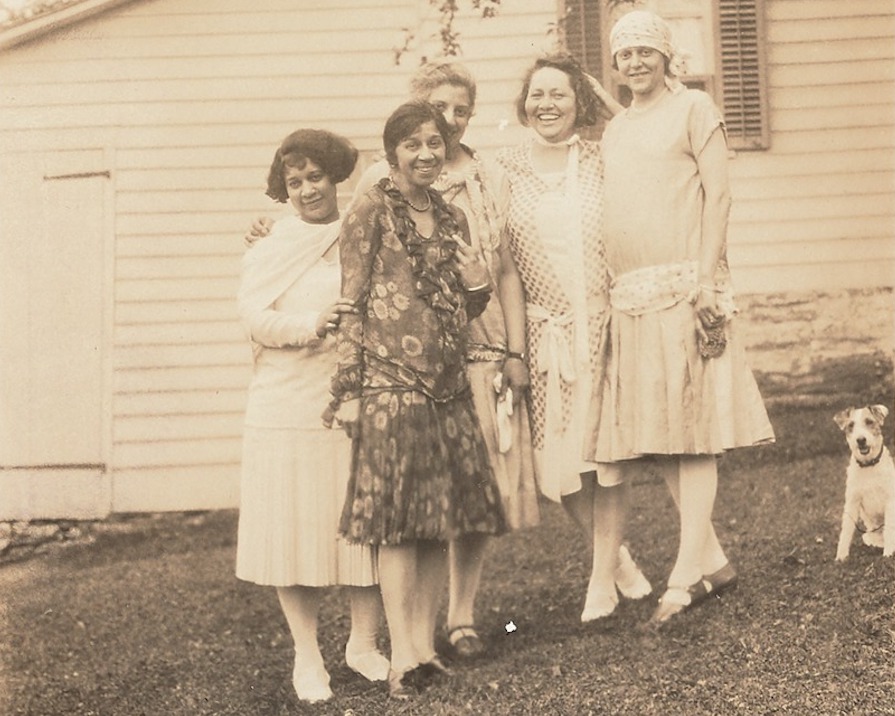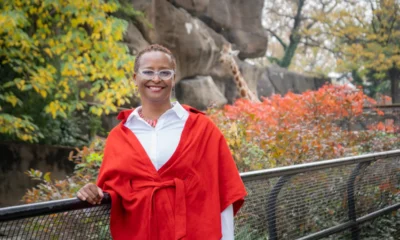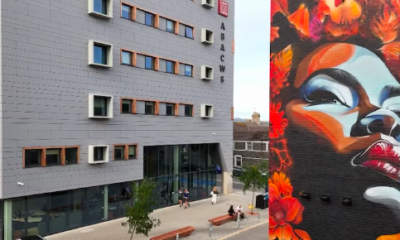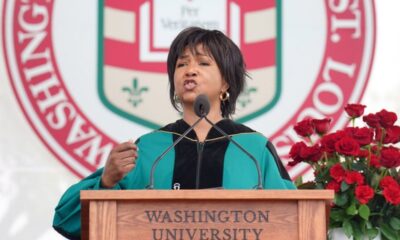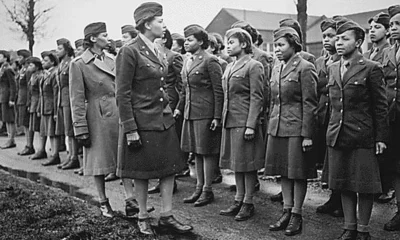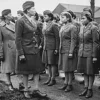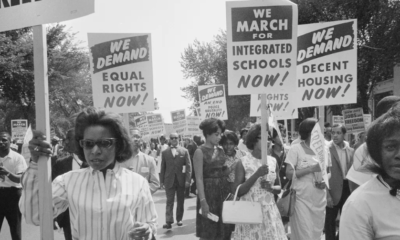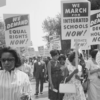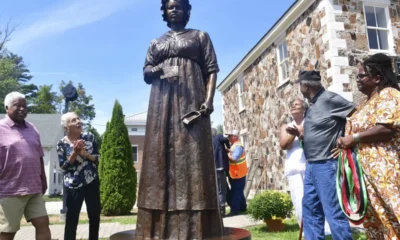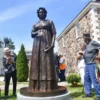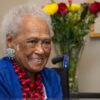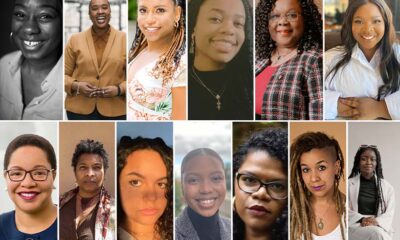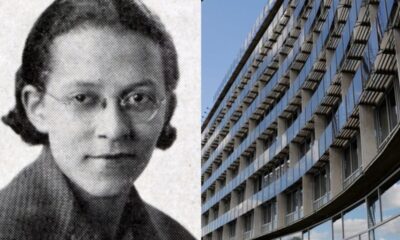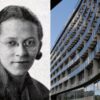Black Women in History
THE INCREDIBLE LEGACY OF NEWARK’S BLACK WOMEN ACTIVISTS
by NOELLE LORRAINE WILLIAMS via https://www.zocalopublicsquare.org/
Harlem Renaissance Writer Brenda Ray Moryck and a New Jersey Community’s Untold Century of Intellectualism and Artistry
In 1927, Brenda Ray Moryck, a 32-year-old Black American woman from Newark, New Jersey, published a manifesto in Ebony and Topaz, a prominent Harlem Renaissance anthology of prose and poetry.
In the work, titled I, Moryck, a graduate of the predominantly white women’s college Wellesley, writes that though she has suffered from racial discrimination, she finds “honey as well as hemlock in the cup of every Negro, sunlight as well as shadow.”
The piece conveys a profound sense of mission—even a calling—to help others: “But as a woman, what did I learn? … Work, play, and that highest opportunity, the opportunity to help and give, to mother and to heal,—are mine… I am a Negro—yes—but I am also a woman.”
The 1920s ushered in an extraordinary international representation of Black artistry and intellectualism in the United States. Called the “New Negro Movement” or the “Harlem Renaissance,” this artistic movement by African Americans from the United States and West Indies heralded an African American intellectual output and demand for representation that the world had supposedly never seen.
However, the term “New Negro” was misleading. African American cultural production had…
Read More: THE INCREDIBLE LEGACY OF NEWARK’S BLACK WOMEN ACTIVISTS



